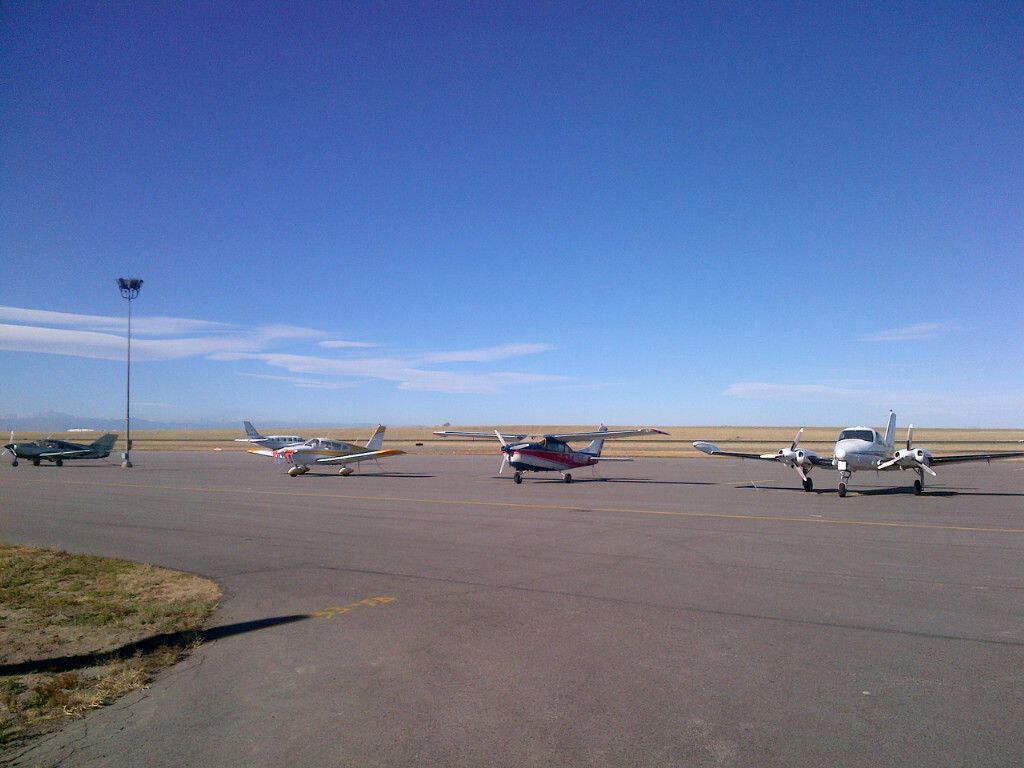Last month a colleague of mine and I visited with Dennis Heap, Executive Director of the National Front Range Airport, at Watkins, CO, the location of the future Spaceport Colorado, and Colorado’s contribution to getting into space.
On April 19, 2012, Gov. John Hickenlooper signed a bill that limited a spaceflight entity’s liability for spaceflight participants and paved the way for Spaceport Colorado’s development. The Front Range Airport Authority situated on 3,900 acres will allocate 900 acres towards the development and construction of Spaceport Colorado and ancillary facilities. The next steps are the completion of an environmental assessment, and feasibility and marketing study. This is expected to be completed by end of 2013.
In the 1995–96 I was Head of Corporate Planning at Westport, a $1 billion seaport infrastructure project in Malaysia, where I created and deployed the 7-hour port strategy, streamlined financial controls, container handling and container tariffs, reducing incoming (wharf to gate) dwell time to zero hours compared to the then world’s largest container port, Port Authority of Singapore’s (PSA) 18-hours. Westport was able to grow substantially, to the point where, in 2011, Westport handled 6.4 million TEUs compared to PSA’s 29.9 million TEUs. (TEU = Twenty-foot Equivalent Units or half a container)
So it caught my attention when Dennis Heap said Spaceport Colorado will be 33 miles (53 km) east of the city of Denver and about 6 miles (10 km) south of Denver International Airport (DIA).
DIA is the 5th busiest airport in the US, and the 11th busiest airport in the world. It is located centrally in the continental United States. Read more about DIA here. The plan is to build a rail link between DIA and the Spaceport.
Denver is the second largest city after Phoenix, AZ, in the Mountain States (Arizona, Colorado, Idaho, Montana, Nevada, New Mexico, Utah, & Wyoming). It is the 23rd most populous city in the United States. Read more about Denver here.
After our visit with Dennis Heap, I took some photos of the Front Range Airport.
This photo above is of the view of the left side of the runway. In this photo you can see a white smudge just above the fourth plane (from the right). That white smudge is the Denver International Airport. The blue and white streak above ground on the horizon (left to middle of photo) is the majestic snowcapped Rocky Mountains. The city of Denver would be 33 miles (53 km) left or west of the Front Range Airport.
You can see from this picture that the Front Range Airport is a general aviation airport. That white smudge above the first plane (from the left) is the Denver International Airport. Note the clear blue skies. Colorado is the sunniest state in the US with more sunny days than even Hawaii.
This photo above was of the view to the right of the runway. Terminal building and offices are on the right of this photo. And if I have my bearing right, when built, Spaceport Colorado will be visible on the horizon.
I must congratulate Dennis Heap, Front Range Airport, and the many people, county and state officials and private companies who made this a reality. Public and private sectors cooperating to make things happen today. Real people doing real things to get into space sooner rather than later.
—————————————————————————————————
Benjamin T Solomon is the author & principal investigator of the 12-year study into the theoretical & technological feasibility of gravitation modification, titled An Introduction to Gravity Modification, to achieve interstellar travel in our lifetimes. For more information visit iSETI LLC, Interstellar Space Exploration Technology Initiative.
Solomon is inviting all serious participants to his LinkedIn Group Interstellar Travel & Gravity Modification.


